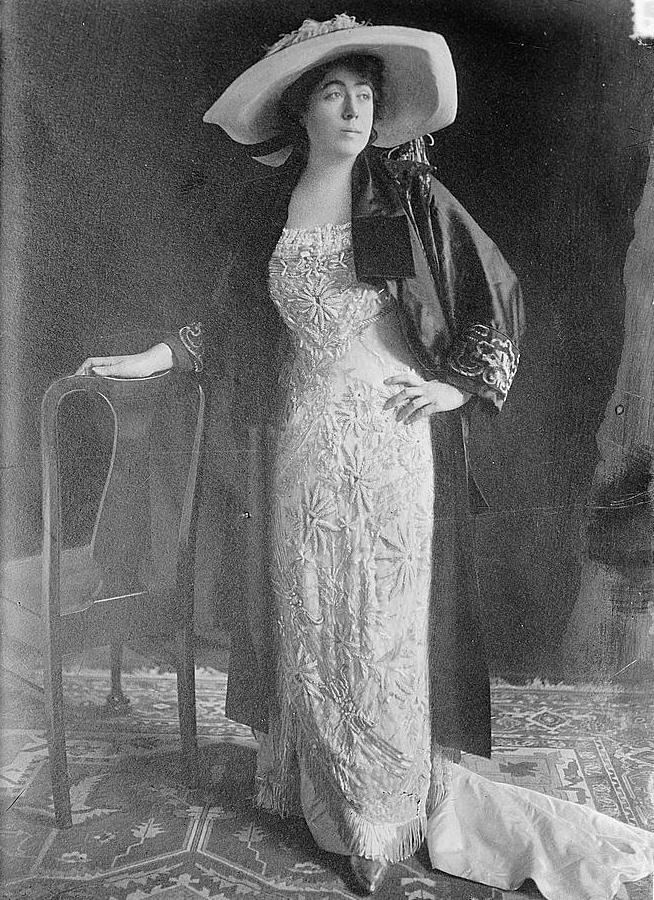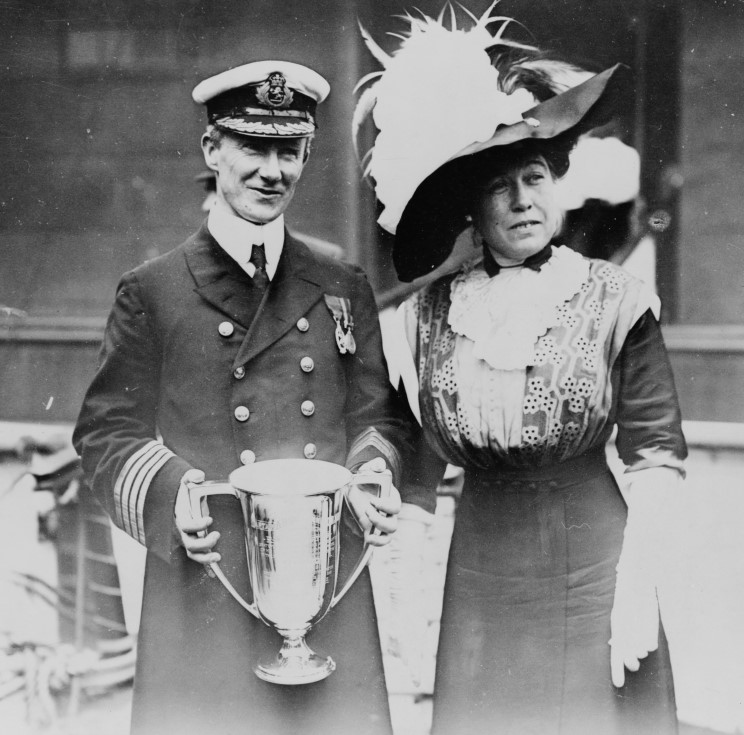The Unsinkable Molly Brown . . . was never called Molly
/Of all the passengers aboard the Titanic, none is more famous than Margaret Brown. Due in part to her heroic efforts aboard Lifeboat 6, she became known as the Unsinkable Molly Brown, although she was never called Molly by either her family or friends.
Margaret Brown
Margaret Tobin was born in 1867 in Hannibal, Missouri, one of six children. At 18, Margaret moved with her sister and brother-in-law to Leadville, Colorado. At 19, she met James Joseph (“JJ”) Brown, a miner. They married in 1886 and had a son and a daughter. While the children were small, Margaret became involved in the feminist movement in Leadville and the Colorado Chapter of the National American Women’s Suffrage Association. She also worked in soup kitchens, assisting miners’ families. JJ Brown became superintendent of several mining properties, and developed a method for reaching gold in one of the mines. By 1893, the mine shipped 135 tons of ore per day and JJ was awarded with 12,500 shares in the company. He eventually became one of the country's most successful mining men.
The Browns moved to Denver and Margaret became a founding member of the Denver Women’s Club, promoting literacy, suffrage, education, and human rights in Colorado and the United States. She raised funds to build a church, a hospital, help for destitute children, and worked to form the first juvenile court in the country. She was the first woman in the United States to run for political office, running for the Senate eight years before women even had the right to vote.
Seated: Margaret and Helen Brown. Standing: JJ and Lawrence Brown
Margaret and her daughter Helen, a student at the Sorbonne in Paris, had been traveling in Egypt with John Jacob Astor and his young wife Madeleine (see last week’s blog post) when Margaret received word that her grandchild was ill. She decided to return to New York with the Astors, and boarded the Titanic in Cherbourg, France. After the ship struck an iceberg, she helped others into the lifeboats and eventually boarded Lifeboat 6. She and other women in the lifeboat helped row and kept the passengers’ spirits up on that terrifying night.
In a letter to her daughter shortly afterward, she wrote:
"After being brined, salted, and pickled in mid ocean I am now high and dry... I have had flowers, letters, telegrams, people until I am befuddled. They are petitioning Congress to give me a medal... If I must call a specialist to examine my head it is due to the title of Heroine of the Titanic."
Following rescue by the ship Carpathia, Margaret Brown assisted Titanic survivors. She stayed on board the Carpathia until all survivors were met by friends, family, or received medical assistance. She established the Survivors Committee and raised $10,000 for destitute survivors. A month later, she presented an award to the Carpathia’s Captain Rostron and a medal to every Carpathia crew member. She remained active on the Survivor’s Committee, and continued her work for women’s and human rights and relief efforts during World War I and beyond. JJ Brown died in 1922 in New York, and Margaret died in 1932.
Carpathia's Captain Rostron accepting the "loving cup" from Margaret Brown
The story of “Molly” began in the 1930s by a reporter writing a folk tale after her death. Contrary to what we’ve been shown in Titanic movies, Margaret was not shunned by society or rejected by her family. She was a well-loved and influential woman of her day, and her part in helping Titanic passengers was just one of the many things she did throughout her lifetime to help others in need.



